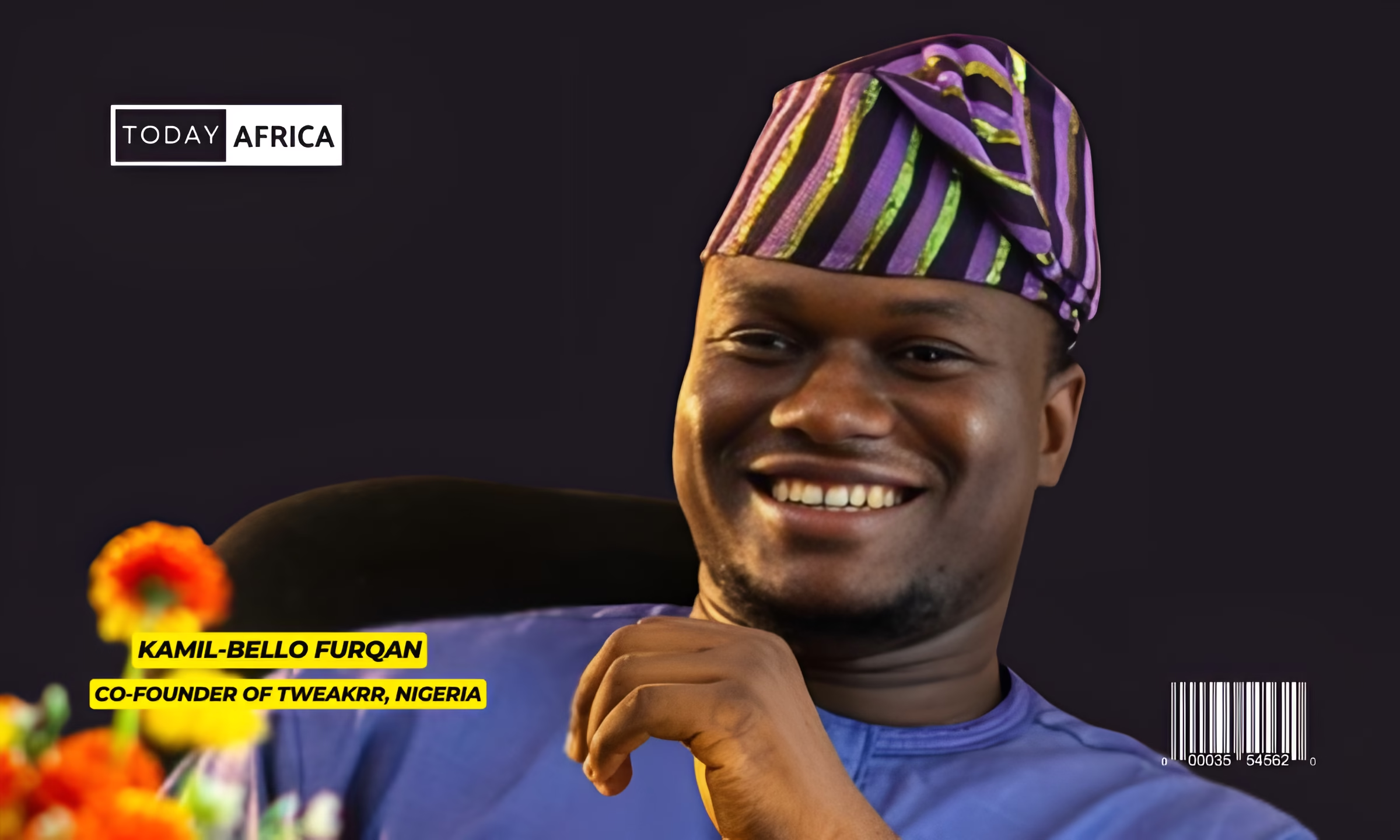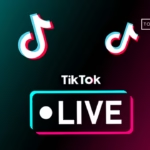There’s something almost chaotic about starting a new brand. You’re figuring out the product, the market, pricing, maybe even trying to convince a skeptical friend that your idea isn’t as wild as it sounds.
In the middle of all that noise, people tell you to “build a brand story.” And honestly, it can feel like one more thing on a long list.
But here’s the quiet truth. Your brand story is the thing that ties everything else together. It’s how people remember you. It’s what keeps your message consistent. And it’s what helps you attract the kind of customers who end up becoming fans, not just buyers.
If you’re starting from day one and trying to build something intentional, this article will help you build a brand story that feels real, grounded, and strong enough to grow with you.
What’s the core of your brand
Define your purpose
Most founders start with an idea they believe in. But when asked why it matters, the answer sometimes feels half-formed. This is where purpose comes in. Purpose answers the deeper question behind your brand.
Purpose isn’t about sounding poetic. It’s about clarity.
You might be trying to fix an old problem with a new approach. Or maybe you’re building something because you personally struggled with that problem. Whatever the case, your brand story becomes sharper when you uncover the reason beneath the product.
Look at brands like Tesla. Their product is electric cars, but their purpose is accelerating the world’s transition to sustainable energy. That purpose shapes everything they do.
If you’re building a food delivery startup, for example, your purpose might be reducing the friction of getting good food reliably. Or making healthy meals accessible to busy people.
When you know the purpose, you know what narrative to lean into.
Identify your core audience
A brand story doesn’t exist in a vacuum. It only makes sense when it speaks to someone. So you should know who that someone is. Think beyond age groups or job titles. Try to understand your audience’s motivations and frustrations.
What do they want? What do they avoid? And what do they wish someone would solve already?
For example, Duolingo could have focused on “people who want to learn languages.” Instead, they recognized that many people feel intimidated by formal language learning. Their story became playful, lighthearted, and accessible. That’s why their brand resonates.
When you know your audience well, your brand story becomes clearer, more relatable, and more compelling from day one.
Read Also: Creative Economy: Africa’s Global Soft Power
Craft the foundation of your brand story
Establish your brand mission and vision
Your mission describes what you’re doing today. Your vision describes the world you’re trying to create tomorrow. Together, they act like a compass.
A mission grounds your brand. A vision guides its future.
Think about Shopify. Their mission is to make commerce better for everyone. Their vision is a world where every entrepreneur has equal access to tools that help them grow. These two statements have shaped everything they’ve built.
When your mission and vision are defined early, they give your story structure. They also help you make decisions when you’re unsure of the next step.

Clarify your brand values
Values are more than cute words on a page. They’re the behaviors your brand commits to consistently.
- If transparency matters, show it through open communication.
- If innovation matters, commit to experimenting even when it’s uncomfortable.
- And if community matters, build systems that bring people together.
Values aren’t meant to impress. They’re meant to guide.
Brands like Netflix thrive because they live out values like freedom and responsibility. Internally, these values influence how teams work. Externally, they shape the brand story that gets told.
Pick values that feel true to you, not ones that sound trendy.
Shape the narrative structure
Identify the conflict and solution
Every strong brand story begins with a problem. Something your audience cares about. Something they wish worked better. That conflict becomes the heartbeat of your story.
Once the conflict is clear, you position your brand as the solution.
Take Airbnb. The conflict was that hotels were expensive and impersonal. The solution was letting people stay in homes and feel like they belonged anywhere.
When conflict and solution align naturally, the brand story becomes easy to believe.
Use the classic story arc
Great brand stories follow simple arcs because simple arcs are memorable.
- Challenge
- Discovery
- Breakthrough
- Transformation
This kind of flow helps people understand your journey without overthinking it.
For example, when Slack launched, they didn’t say, “Here’s a new messaging tool.” They said, “Here’s how we went from drowning in emails to working better together.” Their story walked people through the transformation in a way that felt relatable.
Your brand can use the same storytelling arc. It makes your message easier to share and easier to trust.
Read Also: AfCFTA’s Hidden Opportunities for African Startups
Develop your brand personality and voice
Choose your tone
Tone is how you speak. It’s one of the fastest ways people get a feel for your brand.
- Warm and friendly
- Bold and assertive
- Simple and practical
- Calm and thoughtful
Your tone should match the emotional space your brand wants to hold. If you’re helping people manage finances, maybe your tone is steady and reassuring. If you’re building a fitness brand, maybe it’s energetic and motivating.
Brands like Mailchimp built massive loyalty simply because their tone felt different in a sea of corporate-sounding competitors.
Create messaging pillars
Messaging pillars are the main themes you want your brand to keep repeating. They don’t change often, and they help you stay consistent everywhere you show up.
If you’re building a tech brand, your pillars might be:
- Speed
- Ease of use
- Security
If you’re building a lifestyle brand, the pillars might be:
- Simplicity
- Self-expression
- Sustainability
Pillars make your story easier to scale because your message stays recognizable even as your content grows.
Read Also: The Gig Economy in Africa: Opportunity or Exploitation?
Connect emotionally with your audience
Use real examples and human moments
People remember stories that feel human. Not perfect. Human.
When a founder shares why they started a company, it instantly deepens the connection. The challenges, the doubts, the moments that sparked the idea, these elements turn your brand into something people can root for.
Spanx became a household name partly because Sara Blakely shared her real journey instead of hiding behind corporate language.
These little moments matter. They fill your brand story with warmth.
Share customer stories early
Even in the early days, collecting feedback and sharing real stories helps build credibility. When prospects see someone like them benefiting from your product, the story becomes more believable.
It also helps you understand how customers describe your value, which is incredibly useful for shaping your future messaging.
This is why many startups highlight testimonials straight out of the gate. It’s not about showcasing perfection. It’s about showing impact.
Ensure consistency across all brand touchpoints
Align your visual identity
A strong brand story isn’t just words. It’s the colors you choose, the typography you use, the way you design your website, the vibe of your packaging.
These visual elements should support your narrative, not fight against it.
- A wellness brand might lean toward calm colors
- A youthful, energetic brand might lean toward brighter combinations
Think of the quiet confidence of Apple or the joyful playfulness of Lego. Their visuals reinforce the story they want to tell.
Keep the message aligned across channels
The way your brand speaks on social media should match how you speak on your website, in emails, and during product launches.
Consistency builds recognition. And recognition builds trust. If your tone is friendly on Instagram but overly formal in emails, the experience feels disjointed.
A strong brand story becomes a thread that ties all those pieces together.
Read Also: Exit Strategies for African Startups (What Investors Should Know)
Build a brand story that scales
Make room for growth and evolution
Your brand story isn’t a rigid identity. It’s a living story that grows with you. What matters is having a clear foundation that can stretch as you expand into new markets, products, or audiences.
Amazon started with books. Their original story was about convenience and access. As they grew, the story evolved but the core remained the same.
Give your brand space to adapt without losing its essence.

Use data to strengthen your story
Storytelling isn’t only instinct. Analytics can help you understand what resonates.
- Which posts people save or share
- Which messages drive sign-ups
- And which parts of your story people repeat back to you
These clues show you where your brand story feels strongest. Use them to refine and improve over time.
Read Also: Ariaria International Market Aba: Africa’s Hub of Creativity and Trade
Put your brand story into action
Integrate it into content marketing
Your brand story should be the engine behind your content. Blogs, videos, social posts, and email newsletters all become more cohesive when guided by a clear narrative.
People start to recognize your messaging faster. And over time, they begin to trust it. This is how strong brands build communities, not just audiences.
Train your team to tell the same story
Even if you’re a small team, alignment is crucial. Everyone interacting with customers or creating content should understand the brand story deeply.
If your team knows the mission, the tone, and the values, the brand becomes more recognizable from every angle. This is how companies maintain clarity even as they scale.
Conclusion
If you’re building a brand from day one, your story doesn’t have to be perfect. It just has to be honest, clear, and rooted in something meaningful.
Start with your purpose, understand your audience, build a simple narrative arc, and let your story guide everything else. When your story is strong, your brand becomes more than a product. It becomes something people believe in.
Leave a comment and follow us on social media for more tips:
- Facebook: Today Africa
- Instagram: Today Africa
- Twitter: Today Africa
- LinkedIn: Today Africa
- YouTube: Today Africa Studio
















